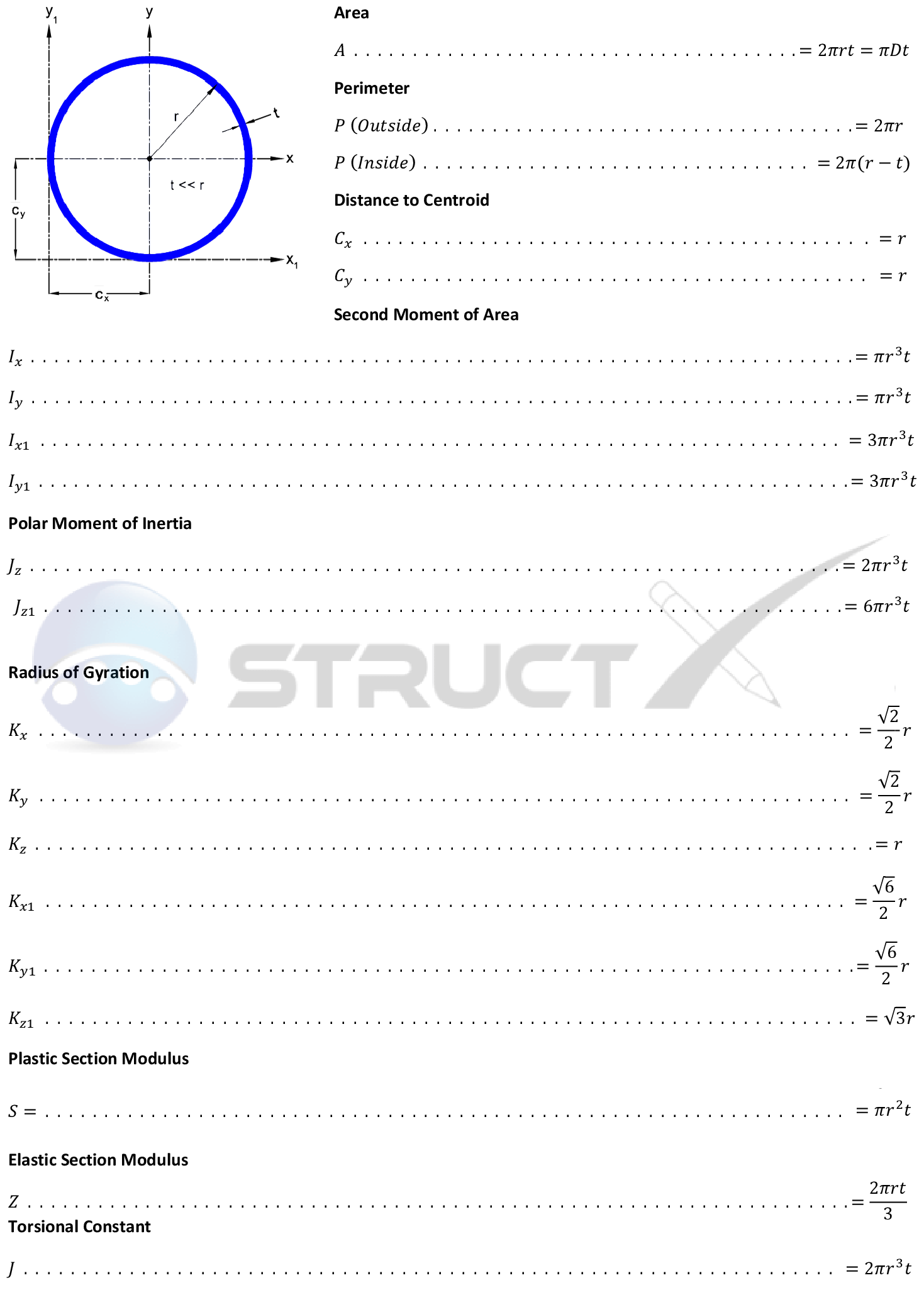

But the formulas will be given so if you actually need to calculate by hand, the calculator will be a great resource to check your work.įor common shapes the equations for moment of area are as follows: When determining the moment of inertia along an axis, we generally consider the “base” as the distance across the x-axis, and the “height” as the vertical distance, along the y-axis.Ĭalculating the second moment of area of geometric figures can be confusing and time consuming by hand, so let this calculator do all the work for you. When completing the calculations, the units will be to the 4th power. It is an explanation of how the area is distributed about the x-axis or the y-axis. So what exactly is the moment of inertia of plane area? The moment of inertia depends on how mass is distributed around an axis of rotation, and will vary depending on the chosen axis.The moment of inertia calculator will determine the second moment of area (also known as the moment of inertia of plane area or the area moment of inertia) of common geometric figures.īefore calculating the second moment of area, we need to understand the concept. The moment of inertia plays the role in rotational kinetics that mass (inertia) plays in linear kinetics-both characterize the resistance of a body to changes in its motion.
#Centroidal moment of inertia of a circle free
When a body is free to rotate around an axis, torque must be applied to change its angular momentum. 8 Inertia matrix in different reference frames.7.3 Derivation of the tensor components.

7.2.1 Determine inertia convention (Principal axes method).6.5 Scalar moment of inertia in a plane.6 Motion in space of a rigid body, and the inertia matrix.For bodies free to rotate in three dimensions, their moments can be described by a symmetric 3 × 3 matrix, with a set of mutually perpendicular principal axes for which this matrix is diagonal and torques around the axes act independently of each other. Its simplest definition is the second moment of mass with respect to distance from an axis.įor bodies constrained to rotate in a plane, only their moment of inertia about an axis perpendicular to the plane, a scalar value, matters. The moment of inertia of a rigid composite system is the sum of the moments of inertia of its component subsystems (all taken about the same axis). It is an extensive (additive) property: for a point mass the moment of inertia is simply the mass times the square of the perpendicular distance to the axis of rotation. It depends on the body's mass distribution and the axis chosen, with larger moments requiring more torque to change the body's rate of rotation. The moment of inertia, otherwise known as the mass moment of inertia, angular mass, second moment of mass, or most accurately, rotational inertia, of a rigid body is a quantity that determines the torque needed for a desired angular acceleration about a rotational axis, akin to how mass determines the force needed for a desired acceleration. War planes have lesser moment of inertia for maneuverability.


 0 kommentar(er)
0 kommentar(er)
